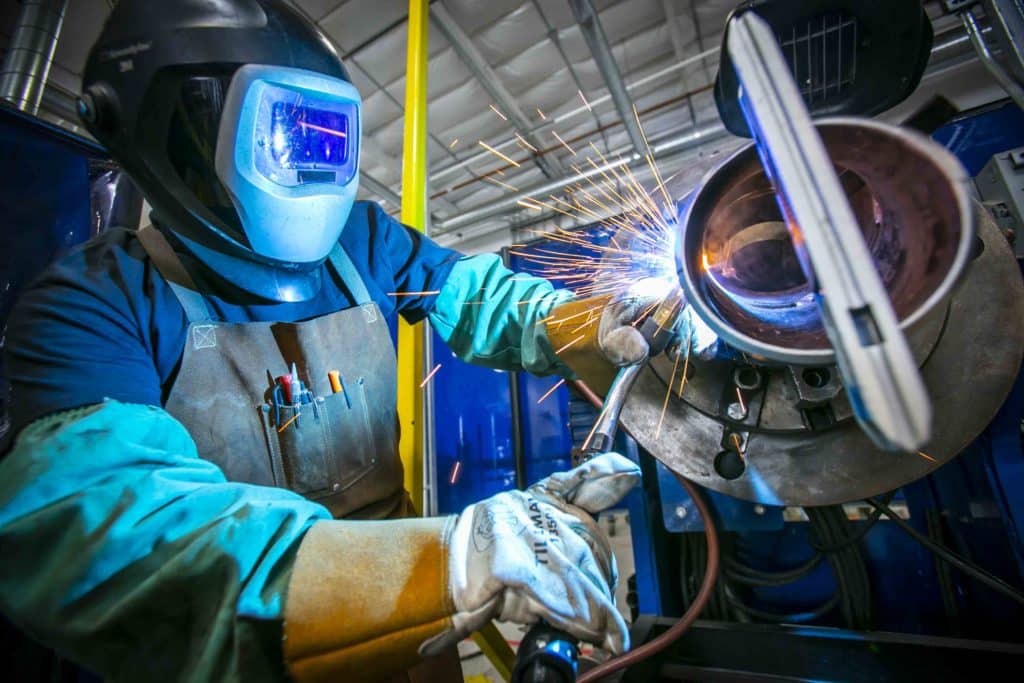The current dynamics and structure of the design and construction industry are not set up to properly reward companies and individuals to do the necessary work for innovation and to take the risks that are inherent in trying something new that may not ultimately work out or may not produce the intended outcome.
Does that mean that we won't have any significant innovation in the design and construction industry?
I don't think this is true. I think, though, that the industry is not able to innovate from within and significantly improve outcomes.
Meanwhile, the costs of buildings are going up faster than most owners’ ability to recover revenue and make a profit after these investments. Eventually, the economics of building a new project won't work anymore.
Innovation will come from the outside
I believe there will be innovation, and it will most likely come from the outside. It will come from companies that have a new idea and are structured to keep the gains of implementing that new idea.
These will be companies that are going to develop proprietary technologies and systems on how to provide a building as a product.
Henry Ford once said: “If I had asked people what they wanted, they would have said a faster horse.”
If you asked building owners what they want these days, they generally want reliability; they want buildings delivered faster and for less money. If there was a product or a system out there that would allow owners to buy a building as a product that they could customize–and that they could get in half the time and for half the cost–most would take it.
Starting from scratch because of a lack of standardization
I work for a healthcare organization that has a real estate department with over 150 people. The organization’s primary mission is to provide research, education and healthcare. But we're engaged in the design and construction industry because we cannot go out to the market and buy a hospital, a classroom or a research lab. We need to create and manage the entire supply chain.
We hire engineers and designers to document the product that we want. These firms are very good at helping facilitate discussions, share best practices, and offer multiple design solutions. This standard approach allows very little room for internal standardization. Rarely are we building off the last project that we finished. We are usually starting from scratch.
What we can learn from Henry Ford
Let’s look at the car industry for a moment. If you want to buy a Ford, there are lots of different options:
- A passenger car
- An economical car
- A hybrid car
- An electric car
- A diesel car
You can choose different power options for towing or different sizes and seating capacities. You can customize your choice, within reason, including the colors, the features, the engine, and the interiors. There's a lot of variation available. And Ford can deliver your individual car at a reasonable price.
Overall, you get a lot more value from cars today than you did in the past. There is still a price escalation because cars cost more than 30 years ago. If you consider inflation, however, cars are cheaper than they were 30 years ago. Plus, they are infinitely more complex as far as the electronics and the sophistication of the engines and the manufacturing technology are concerned.

Image: Mark III
Buildings as products
Car manufacturers get to keep the gains of their innovation. The consumer doesn't need to know how to design a car or how to organize a supply chain. They can go to the market, they can shop, and they can pick the right product for their specific needs and budget. They bring their value equation to the table and can choose the different price points and features of cars and pick what is of value to them.
This is what will happen to our industry in the future. Project owners will go to the market and they will buy buildings as products.
Who is going to offer these products?
It will be companies that are able to create standard processes and systems to deliver buildings as products. These companies will add tremendous value to our industry. As soon as that happens our industry will fundamentally change.
This paradigm will be a seismic shift for many design and construction companies, and only the ones that adapt will survive.
How will we deliver large-scale projects?
This doesn’t mean that there won’t be a place for cathedrals anymore. There will still be unique, one-off designs and awe-inspiring buildings designed from scratch.
However, there's a huge segment of the economy that doesn’t require cathedrals. Think about large-scale housing and healthcare that is financially sustainable. Right now traditional processes are not enabling large-scale unit economics. So in many industries, there are economies of scale when a project gets bigger. For example, the more cars Ford produces, the cheaper they become.
On the other hand, if we look at mega projects in construction, the bigger the projects, the more complicated, sophisticated, and expensive they become. Costs often increase exponentially.
You would think that there are no economies of scale. This is not 100% true. The construction industry can realize some economies of scale. But not in the traditional manufacturing equation.
Example: If we build a 10,000 square foot building for a certain cost per square foot, you may not get a significant cost reduction if you build a 100,000 square foot facility or a 1,000,000 square foot facility.
Why do we not get massive economies of scale the more we build and the larger our projects become?
We need a systemized manufacturing process
The bigger the job gets, the more complicated the interdependencies and, frankly, the more costly and the more management and overhead it takes. Unfortunately, we don’t benefit from economies of scale, which you can achieve with assembly lines where you can mass produce once you have systemized the process.
There is a huge opportunity for companies to come to the market offering solutions that can be mass-produced and truly capture the gains that are available through a systematized manufacturing process.
Construction is starting to assemble onsite–a bit like Lego bricks–which we see happening with some apartment projects. While this is a faster process, it doesn’t mean that it is significantly cheaper. This method has not taken over yet, but I believe it will in the future as the systems are refined. Automation will be required to counteract rising labor and material costs. The trick is to reduce variables, develop flow and ultimately reduce costs that add no value.
Disruption is coming from the outside
As with the apartment example above, there is innovation taking place in design and construction in small pockets. Forward thinking design and construction companies are creating start-ups that live outside their traditional walls.
These new firms are developing prefabricated systems, consulting companies, software start-ups and products with documented intellectual property and patents. They are innovators while their legacy companies continue to perform business as usual.
I don't think innovation will be from companies that buy and merge traditional design and construction firms and then try to get a different outcome.
Innovation in Design and Construction is coming from the outside, and it will be from companies that disrupt the market with a new approach.
Feature image: Mark III
Related articles
Project Mountain: Build Better, Faster, and Cheaper
Can Owner Standardization Transform Healthcare Construction?
White Paper
James is an expert in the set-up and structure of large, complex capital projects using Lean and Integrated Project Delivery to drive highly reliable results.
He has negotiated IPD contracts and delivered over $650M in complex healthcare projects as an Owner's Representative with multiparty contracts, aligned team incentives and collaborative delivery models.




